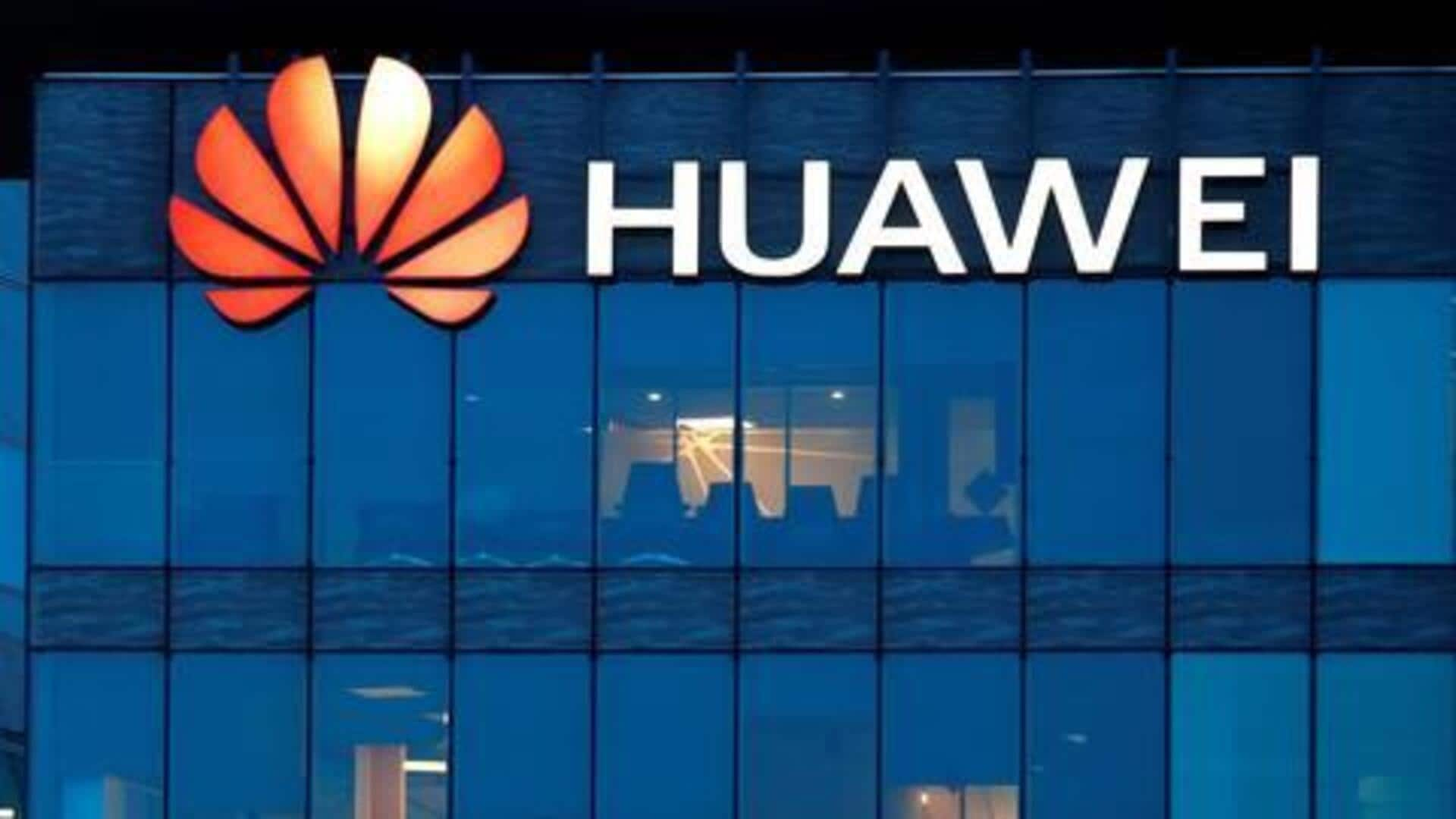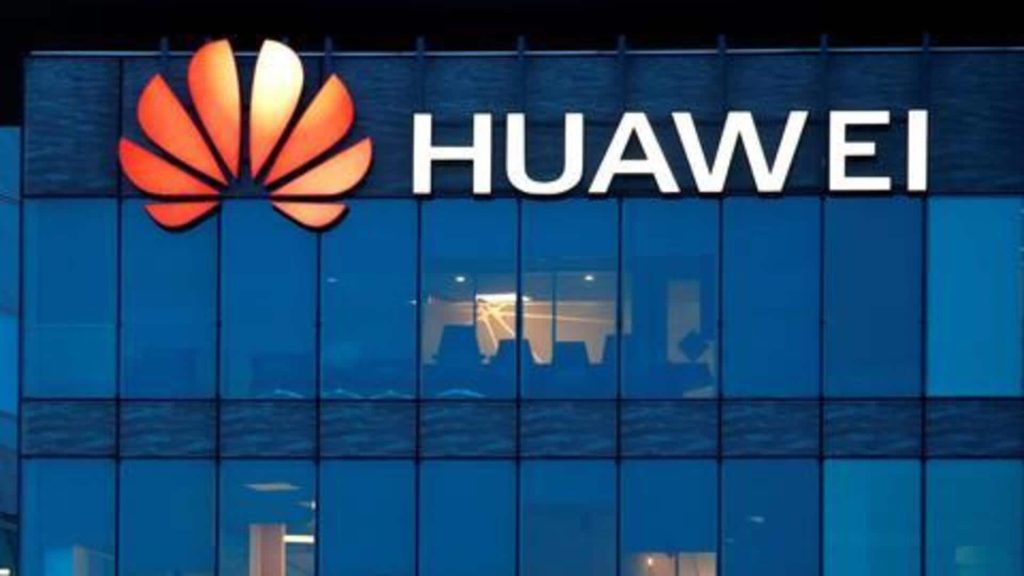
What’s the story
Huawei, the Chinese tech giant, has announced the co-development of a modified version of the artificial intelligence (AI) model DeepSeek.
The new variant, called DeepSeek-R1-Safe, is said to be “nearly 100% successful” in censoring politically sensitive topics.
The development comes as part of China’s stringent regulations requiring domestic AI models and their applications to align with “socialist values.”
Training on 1,000 Huawei Ascend AI chips
Huawei has revealed that it used 1,000 of its Ascend AI chips to train this large-language model.
The company made the announcement on a publication shared via its official WeChat account.
The model was adapted from DeepSeek’s open-source R1 version and developed in collaboration with Zhejiang University, the alma mater of DeepSeek’s founder Liang Wenfeng, though neither DeepSeek nor Liang Wenfeng were directly involved in the project.
Chinese AI chatbots avoid discussing domestic politics
Chinese AI chatbots, including Baidu’s Ernie Bot, China’s answer to OpenAI’s ChatGPT, refrain from answering or discussing many questions on Chinese domestic politics or other sensitive topics. These restrictions are in line with the ruling Communist Party’s guidelines.
Model ‘nearly’ 100% successful in defending against harmful issues
Huawei’s modified model, DeepSeek-R1-Safe, has been tested to be “nearly 100% successful” in defending against “common harmful issues.”
These include toxic and harmful speech, politically sensitive content, and incitement to illegal activities.
However, the success rate dropped to 40% when these behaviors were disguised by scenario-based challenges, role-playing scenarios, or encrypted coding.
New model outperformed several concurrent models
Huawei also revealed DeepSeek-R1-Safe’s comprehensive security defense capability reached 83%. It outperformed multiple concurrent models like Qwen-235B and DeepSeek-R1-671B by 8% to 15% under identical testing conditions. Notably, there was less than a 1% performance degradation of the new model compared to its predecessor, DeepSeek-R1.

